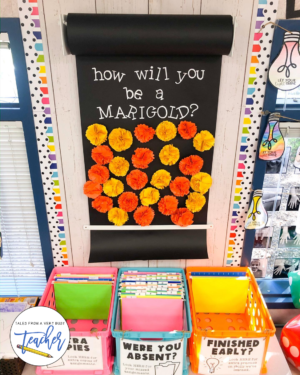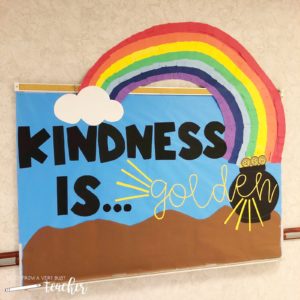The English Language Arts/English Language Development Framework in California calls for Designated ELD instructional time.
It’s a protected time in the school day when teachers use the California ELD standards to teach critical English language skills. The state of California has left it up to districts to determine the amount of time for this designated block.
My district has chosen for our schools to have 30 minutes of designated ELD instruction. Our English Learners go to a different classroom (from their homeroom) for ELD instruction at their level. English Only students stay in their homeroom classroom and teachers teach lessons using Speaking and Listening standards. If you’re not teaching ELD during this designated time, it is your obligation to teach the Speaking and Listening standards to the EO students.
This year my EL students go to another classroom to receive designated instruction with the ELD standards at their level, so my EO students stay with me. I have come up with different ideas to incorporate the Speaking and Listening standards during our 30 minutes of Speaking and Listening instruction, to make the most out of the standards and the 30-minute block.
Storyline Online
I use Storyline Online at least once a week while incorporating a review of CCSS language arts by using my Speaking and Listening Graphic Organizers. This website is FREE, and there are multiple stories to choose to play for your class. I love it because an actor reads the story, and then the book’s illustrations come to life. It’s a great start for a student discussion on characters, plot, setting, and actions.
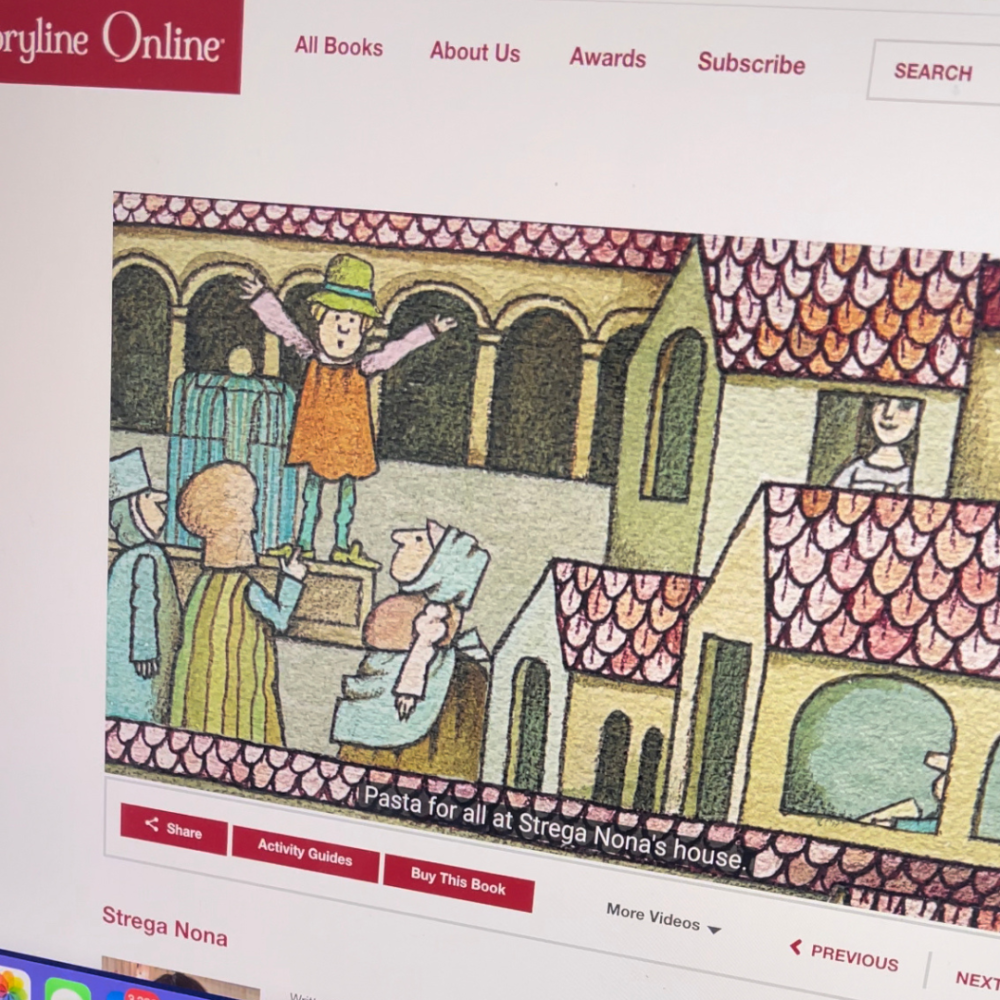
Math Talk Monday
I love using our 30 minutes of Speaking and Listening to reinforce math concepts that have already been taught. I do this by having students “Reach Consensus.” I do not like teaching new concepts during this time since I have four English Learners leave my room for their ELD time, so I like to give students a review sheet of concepts we have already learned. Students complete the practice or review sheet on their own, and then once they’re done, I put them into groups of 3-4 students. Students are given a role for the group, either a leader or collaborator. The leader leads the students in a discussion about their answers, then the students “reach consensus” about their answers.
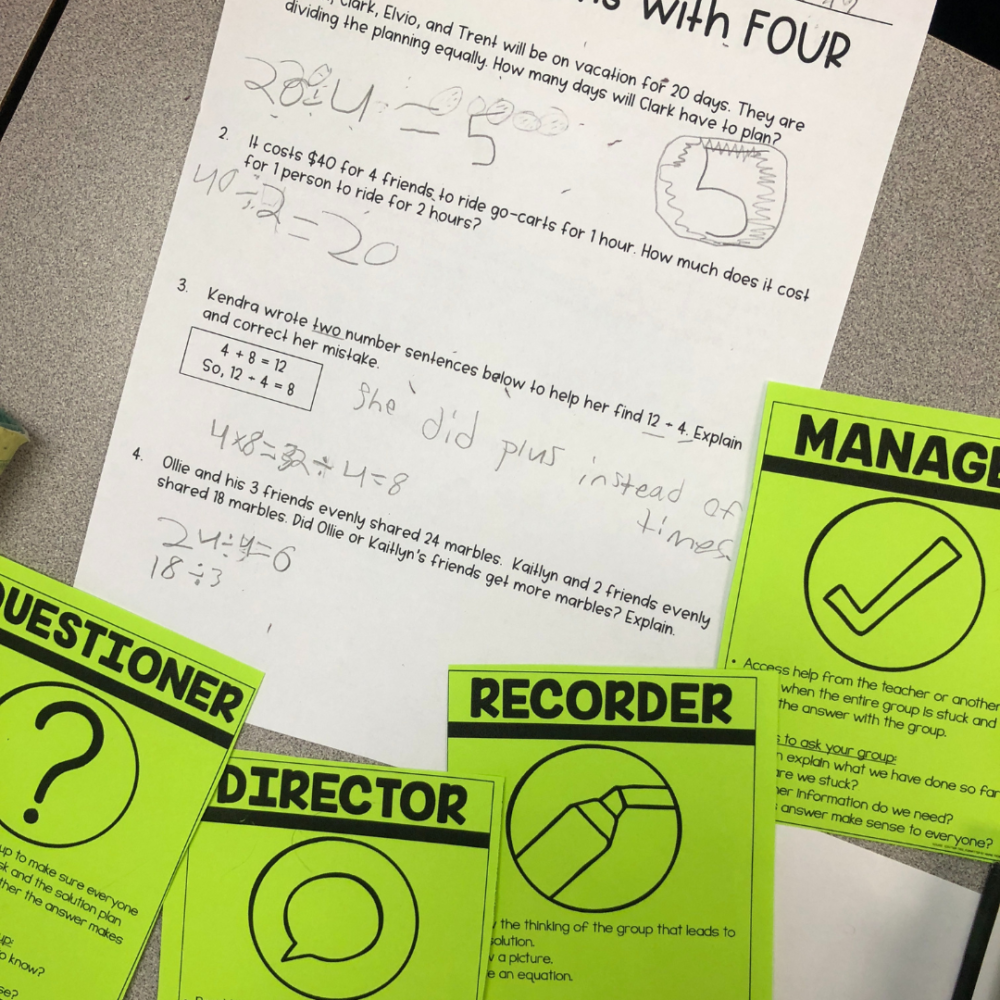
Academic Vocabulary
Another good use of Speaking and Listening time is the explicit instruction of Academic Vocabulary. I have had a lot of success teaching one word a week to my class, in a direct instruction format. During this lesson, students also have time to think and share responses. They’re also practicing using academic vocabulary in the correct context.
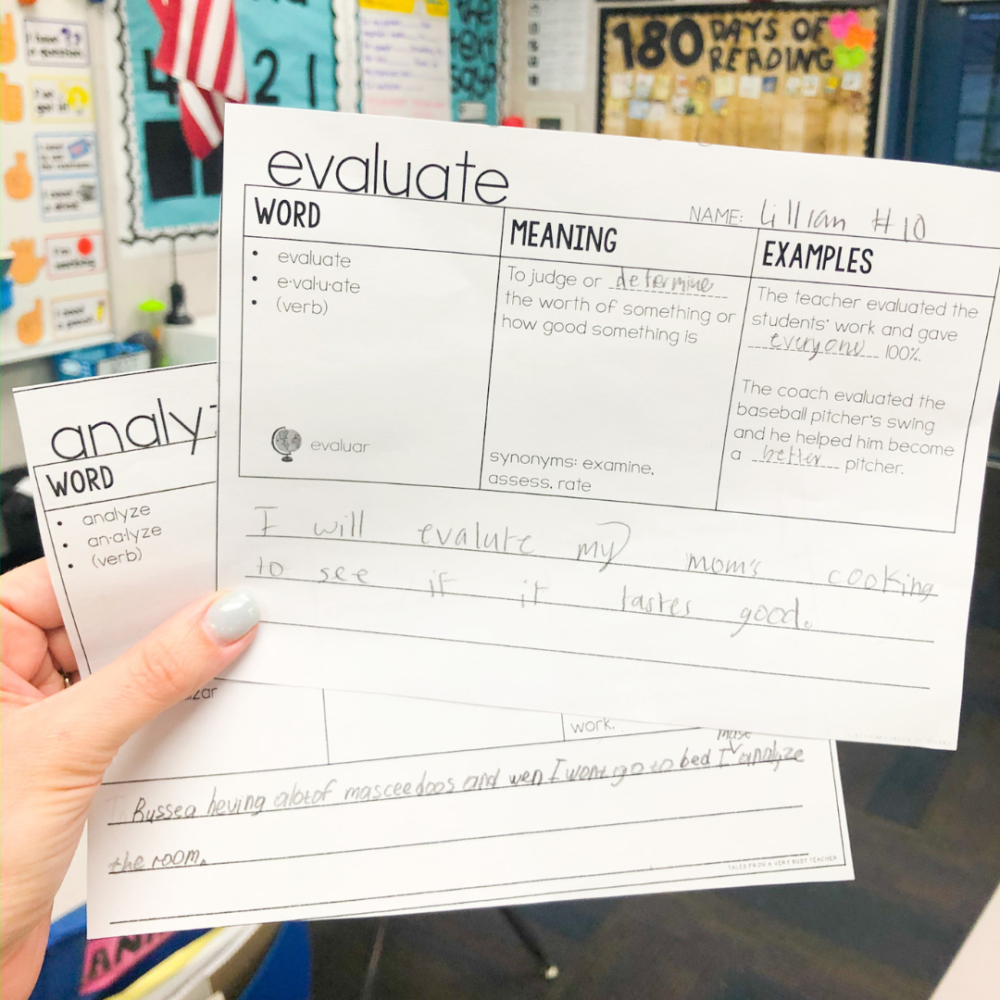
What Would You Do?
I also use this time to give students an opportunity to think about social situations, while having a class discussion. It’s called “What Would You Do?”
I read a social situation to my class and give them the time to process what they would do in that situation. Then, I hold a class discussion on their opinions and how they would handle certain social situations. Grab these free cards to get yourself started.
Read and Respond
Another fun activity I do with my students is a read-and-respond activity called “Read, Write, Roll.” It’s a great way for students to practice comprehension skills, while also keeping up with their communication skills. Students use dice to ask and answer questions after reading or listening to stories.
Speaking and Listening activities should be engaging for students. I also always try to incorporate a review to reinforce skills we have already learned. It’s also a great opportunity for students to build their communication skills and 21st-century learner expectations.

